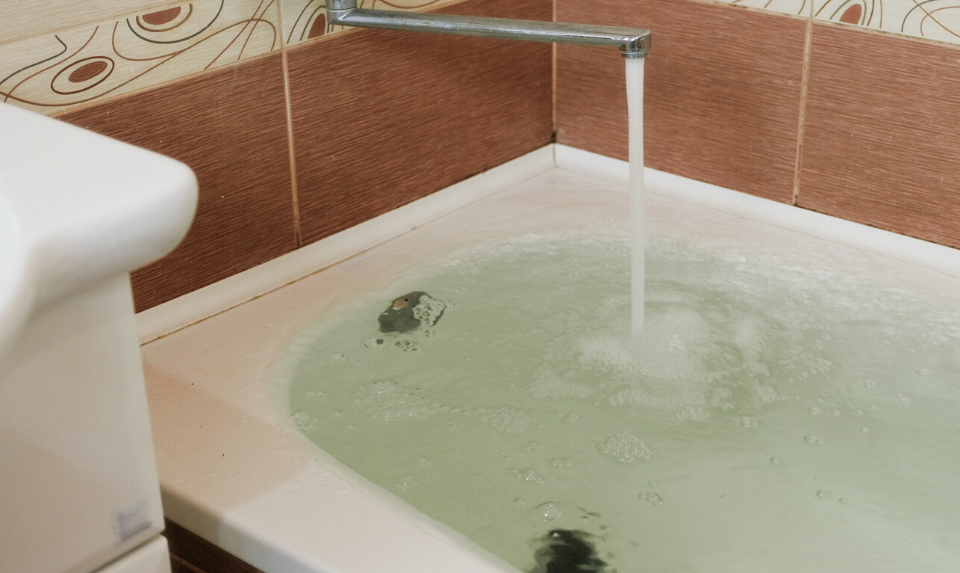Armed with the accurate tools and techniques, drain clearing is an easy feat without having to call in a pro. All plumbing systems build up clogs—there’s no way to evade it. We’ll show you how to remove stubborn clogs in a kitchen sink, bathtub, toilet and floor drain. These confirmed techniques will dislodge nearly any clog. If you can’t clear a clog after some attempts, make sure you declare defeat and turn the job over to a drain-cleaning service or licensed plumber. Exerting excessive force can permanently break a pipe or fixture.

That said, specialized plumbing equipment used for drain clearing are reasonably priced, and they’re accessible at any hardware store or home center; you can even rent some.
The first tool to reach for drain clearing is a plunger. This plumber’s friend clears clogs from most fixtures, as well as sinks, tubs and toilets. Every owner should have one handy.
To remove clogs situated farther down the drainpipe, use a cable auger, or plumber’s snake, a long, stretchy steel cable wound around a spool that’s fixed with a hand crank. Cable augers are accessible in lengths up to 100 feet, though a 25-foot model will be sufficient for most any household clog up.
A closet auger is specially made for snaking out toilets. It, too, is equipped with a hand crank, but as an alternative, a spool, the cable is encased in a stiff shaft. The auger end is bent at an accurate angle to fit through the firm curves of a toilet trap.
For a very large clog or one that’s far from the fixture, rent an electric power auger. This machine—mainly a large cable auger powered by an electric motor—is very efficient at cutting throughout virtually any clog up, even tangled tree roots. Prior to bringing home a power auger, be sure the rental agent shows you how to safely distribute and recover the cable.
Unclog a Sink: Remove Trap and Drain Pipe
Generally minor sink clogs can be cleared with a plunger. Partly fill the sink with water, and then begin plunging. Strongly work the plunger up and down numerous times before quickly pulling it off the drain opening. If it’s a double-bowl kitchen sink, stuff a wet rag into one drain opening while you plunge the other one. If it’s a bath sink, stuff the rag into the spill over hole. In both cases, the rag helps deliver the strain directly to the clog.
If plunging doesn’t work, grasp the cable auger and go to work below the sink. Get rid of the sink trap with a pipe wrench. The large, threaded pairing on PVC plastic traps can often be unscrewed by hand. Empty the water from the trap into a container, and then make sure the trap isn’t congested.
Unclog a Sink: Cut Through the Clog
Eliminate the horizontal catch arm that protrudes from the stub out in the wall. Provide the cable into the stub out until you feel conflict. Pull out 18 inches of cable, and then stiffen the lock screw. Crank the lever in a clockwise direction and push forward at the same time to drive the cable further than the pipe.
Pull out another 18 inches of cable and reiterate the process until you break through the obstruction. If the cable bogs down or catches on something, twist the crank counterclockwise and pull back on the auger.
Once the cable is apparent, crank and pushes forward again.
Recover the cable and change the trap arm and trap. Turn on the hot-water faucet to see if the sink drains correctly. If it doesn’t, worry not. Remains from the busted-up clog sometimes settle into a loose obstruction. Partly fill the sink with hot water and use the nozzle to clear the remains. Chase up with more hot water.
Snake a Tub Drain: Block Overflow Plate
It’s uncommon for a tub to suddenly become stopped up. A block in the tub more often than not builds up over a period of some weeks, with the tub draining progressively slowly each day. We’ve all seen this come about.
As with a sink clog up, begin with the plunger. Primary, remove the screen from the tub drain and use a twisted wire to fish out any hair and soap froth. If there’s a pop-up drain on the tub, lift the lever to the open position, after that grab the stopper and pull it from the drain hole. Clean it of all fur and soap. This will frequently take care of things.
If not, cover the holes on the bottom of the overflow plate with a wet rag and commence plunging. If that doesn’t clear the block, use the cable auger.
Snake a Tub Drain: Drain Clearing via Overflow Plate

Get rid of the overflow plate from the end of the tub; the stopper linkage will appear with it. Feed about 30 inches of cable downwards the overflow tube. Push forward while turning the crank. You’ll feel conflict almost right away, but keep cranking on the auger until the cable passes all the way through the P-trap that lies under the tub.
Recover the cable, and then run some water down the drain.
In the end, change the overflow plate and screen or pop-up drain.


